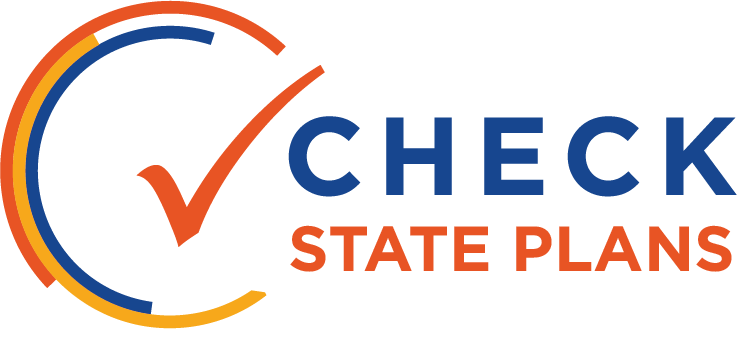Score:

Massachusetts has a strong track record in this area that could serve as a model for other states.
Massachusetts has commissioned studies to evaluate the effectiveness of its approaches to school turnaround: a 2014 study called Turnaround Practices in Action and a 2016 quasi-experimental study called Evaluation of Level 4 Turnaround Efforts in Massachusetts. Together, these studies form the evidentiary foundation for the state’s current practices and Massachusetts will continue to embed those principles into competitive grant funds dedicated for school-improvement activities.
Massachusetts cites its actions that have resulted in improving the state’s lowest-performing schools and districts.
The state has the authority to do full takeovers through receivership, to assign third-party organizations to manage a school on behalf of the department or the district, or to support districts in establishing alternative governance structures for specific schools or clusters of schools such as Empowerment Zones. It has used each of these authorities in different circumstances across the state — all to good effect.
For schools and districts that do not require the highest level of intervention, Massachusetts provides resources focused on four evidence-based turnaround practices; it provides direct support to the state’s largest districts through the Commissioner’s Districts programs; it supports small and midsized districts through the District and School Assistance Centers; and three additional offices provide specialized support in such areas as social/emotional learning, partner vetting/selection, and managing/evaluating/monitoring those in receivership.
It’s not clear how Massachusetts will extend supports to low-performing schools going forward.
Information on this issue wasn’t readily available in the state’s plan. In addition, there is a lack of specificity around exactly how, at what time, or in what stages support will be provided to low-performing schools. There are no examples given of how this impressive array of support will be tailored to specific needs.


